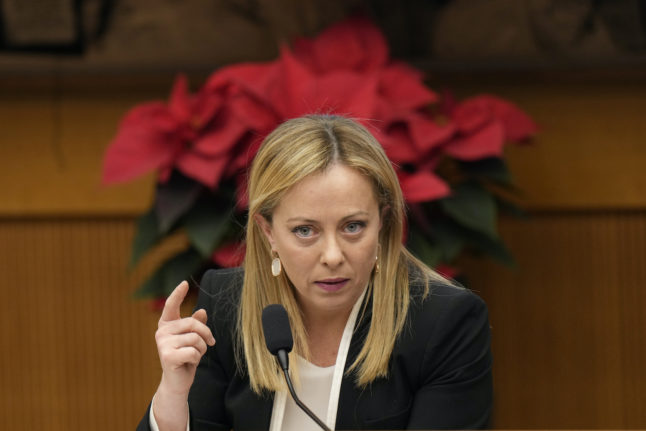Meloni, leader of the right-wing populist Brothers of Italy party, is the second government leader to visit Kristersson after Finland’s Sanna Marin, who was in Stockholm earlier this week.
The two leaders will discuss migration, as well as how the EU should respond to the American Inflation Reduction Act (IRA), which could pull investment and jobs from the EU to the US.
“There is a strong Swedish interest in better protection of the European border,” Kristersson told TT newswire.
The migration issue has been described as “acute”, with the EU scheduling an extra summit meeting in a week’s time to discuss both migration and the IRA.
When asked if Sweden and Italy have the same views on how to tackle migration, Kristersson replied that that “remains to be seen”.
“We have this summit in a week, initiated by Belgium, the Netherlands and Austria, who have seen extremely large numbers of refugees over a very short period,” he added.
Kristersson further said that the topic of conversation with Meloni will be how the EU’s outer borders could be made more difficult for migrants to cross.
“One of the points of discussion today is how we can strengthen the external border of the EU so that irregular migration, as it’s known, simply cannot enter the EU, and stopping it at the border instead.”
“There are many people who lack grounds for asylum who try to enter [the EU], and Italy is well aware of this,” Kristersson said.
He added that the current situation “is not working”, and that there are “a lot of people” who come to Europe without grounds for asylum, who then “enter and live in a shadow society, also in Sweden”.
No press conferences or photo opportunities are planned during Meloni’s visit, the Swedish cabinet committee told TT.



 Please whitelist us to continue reading.
Please whitelist us to continue reading.
Member comments